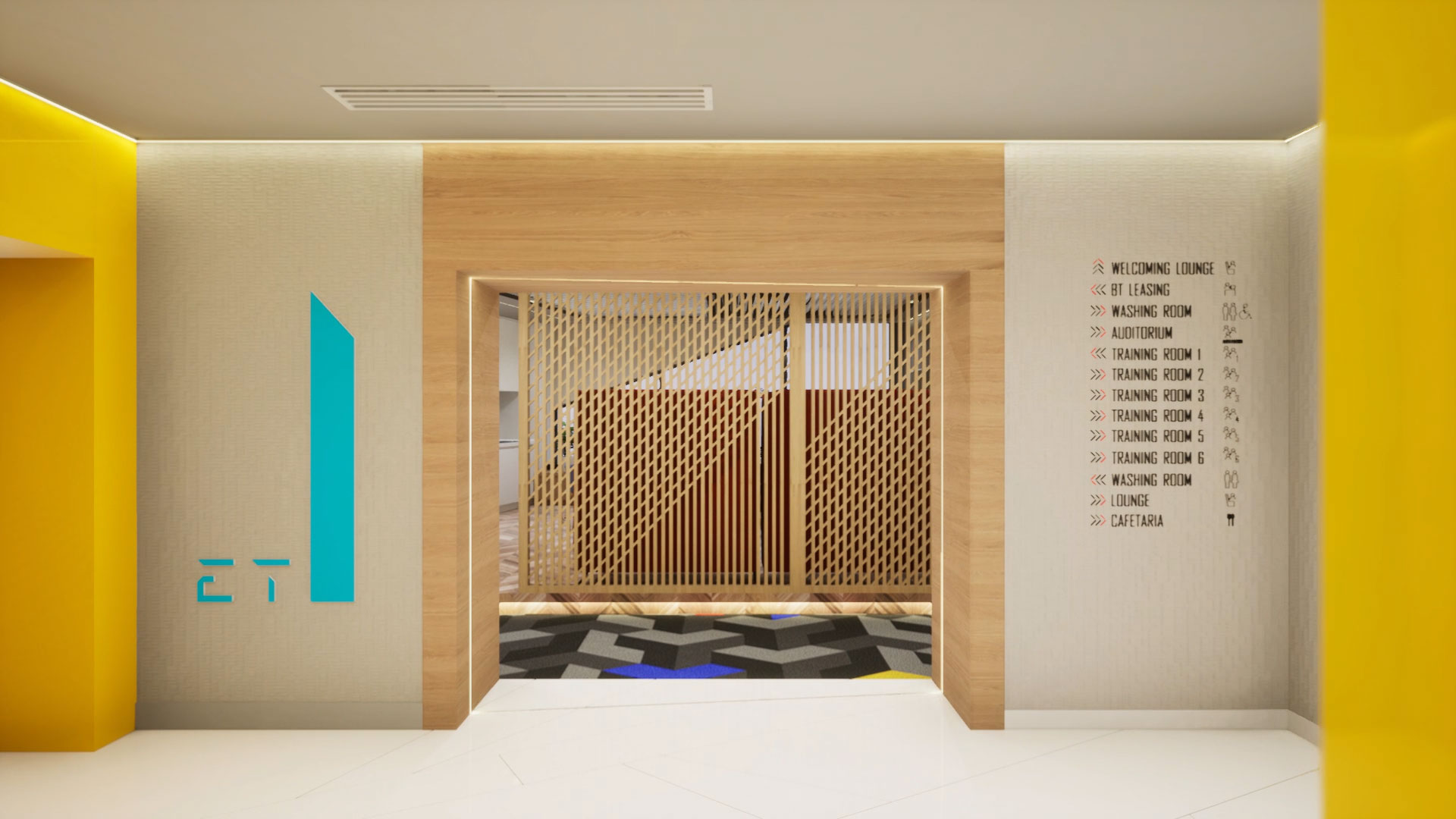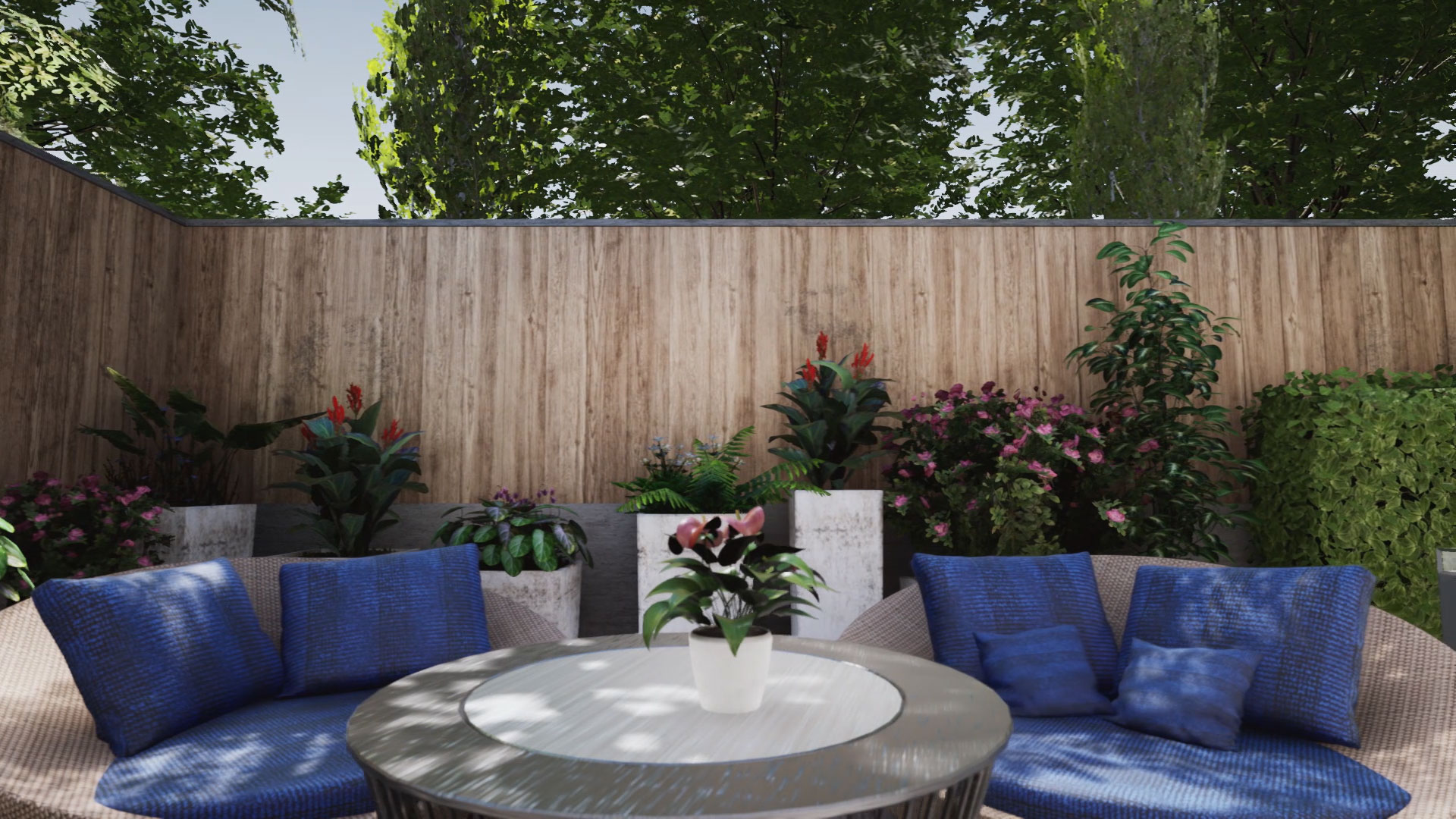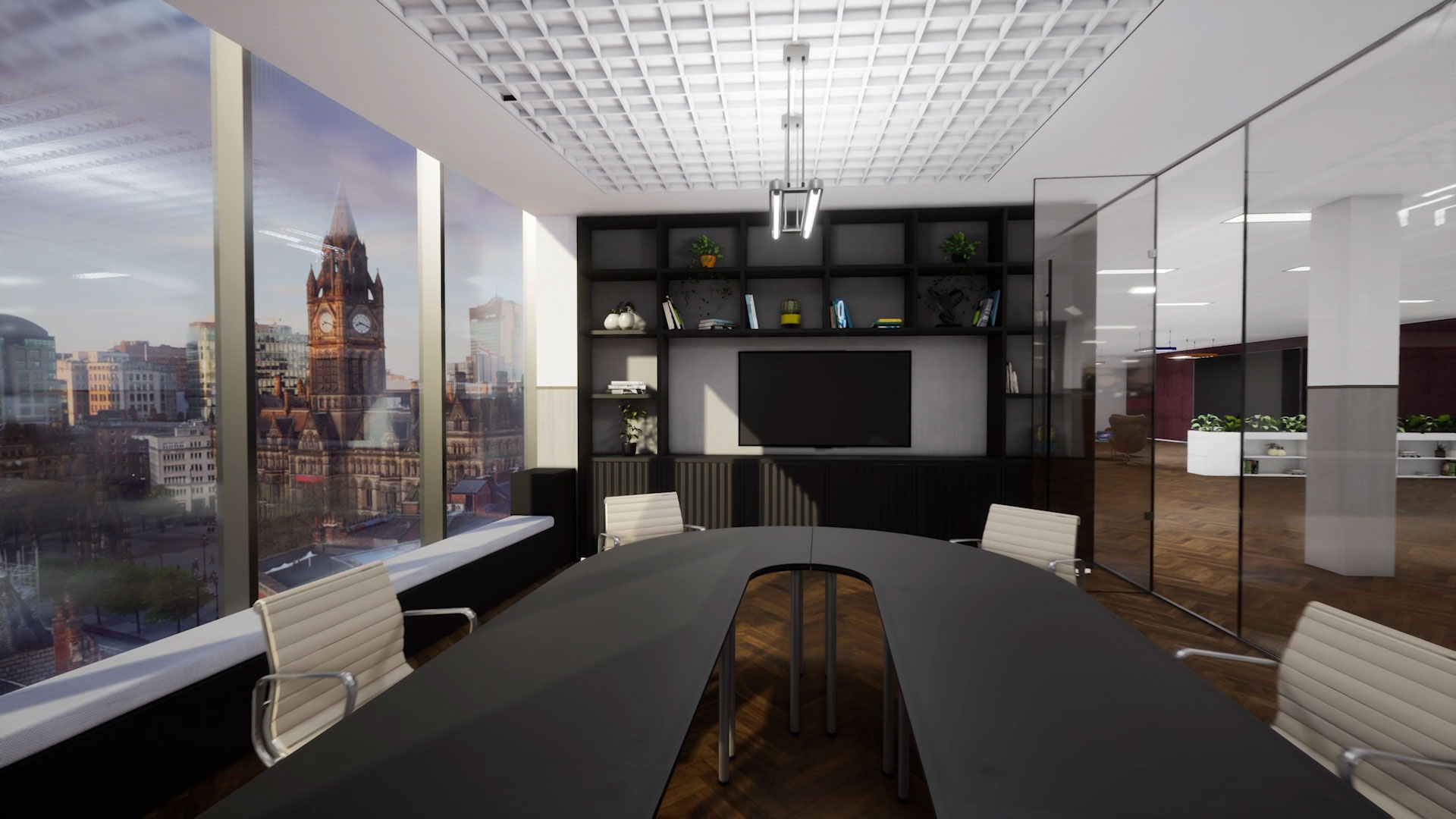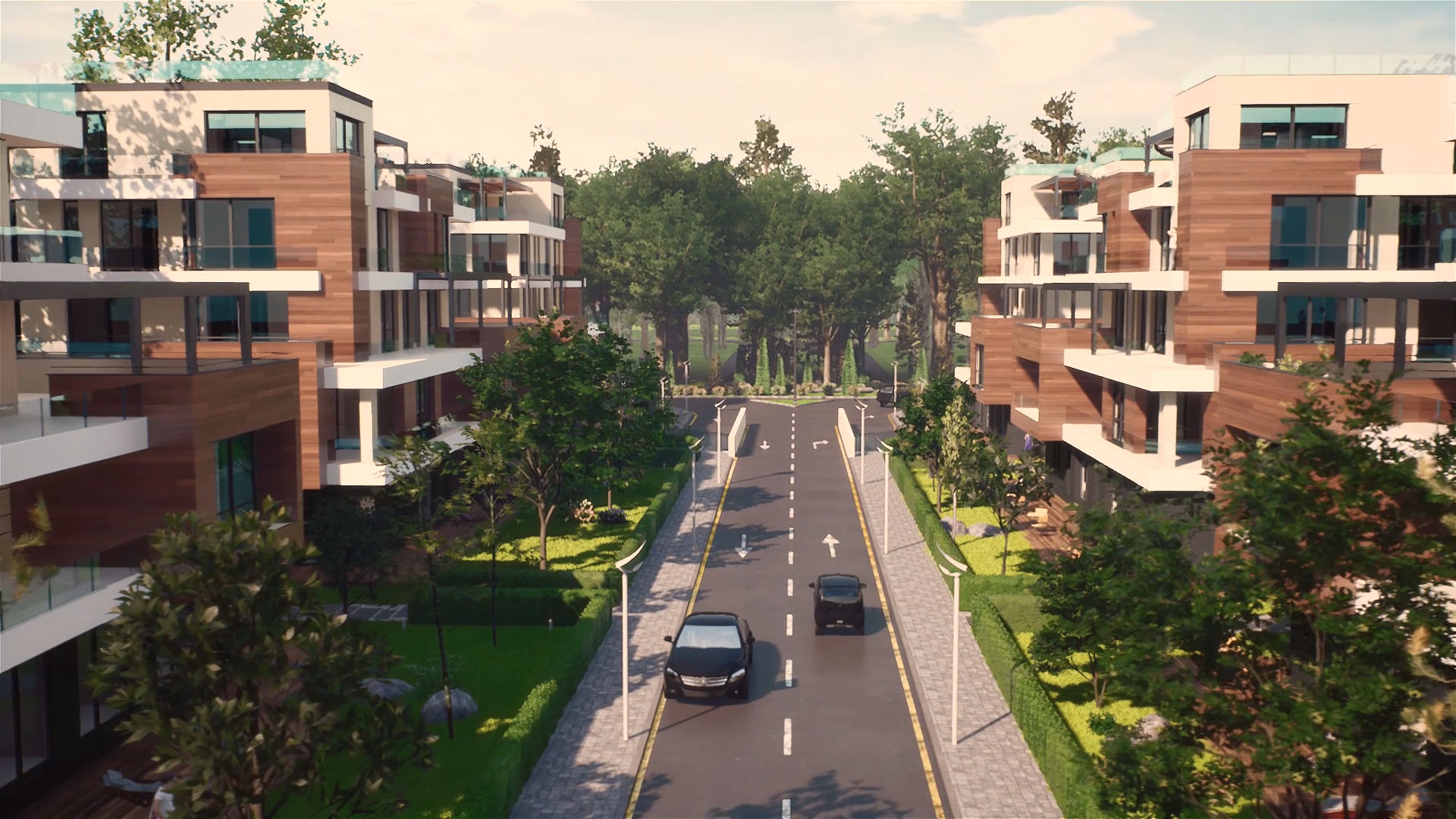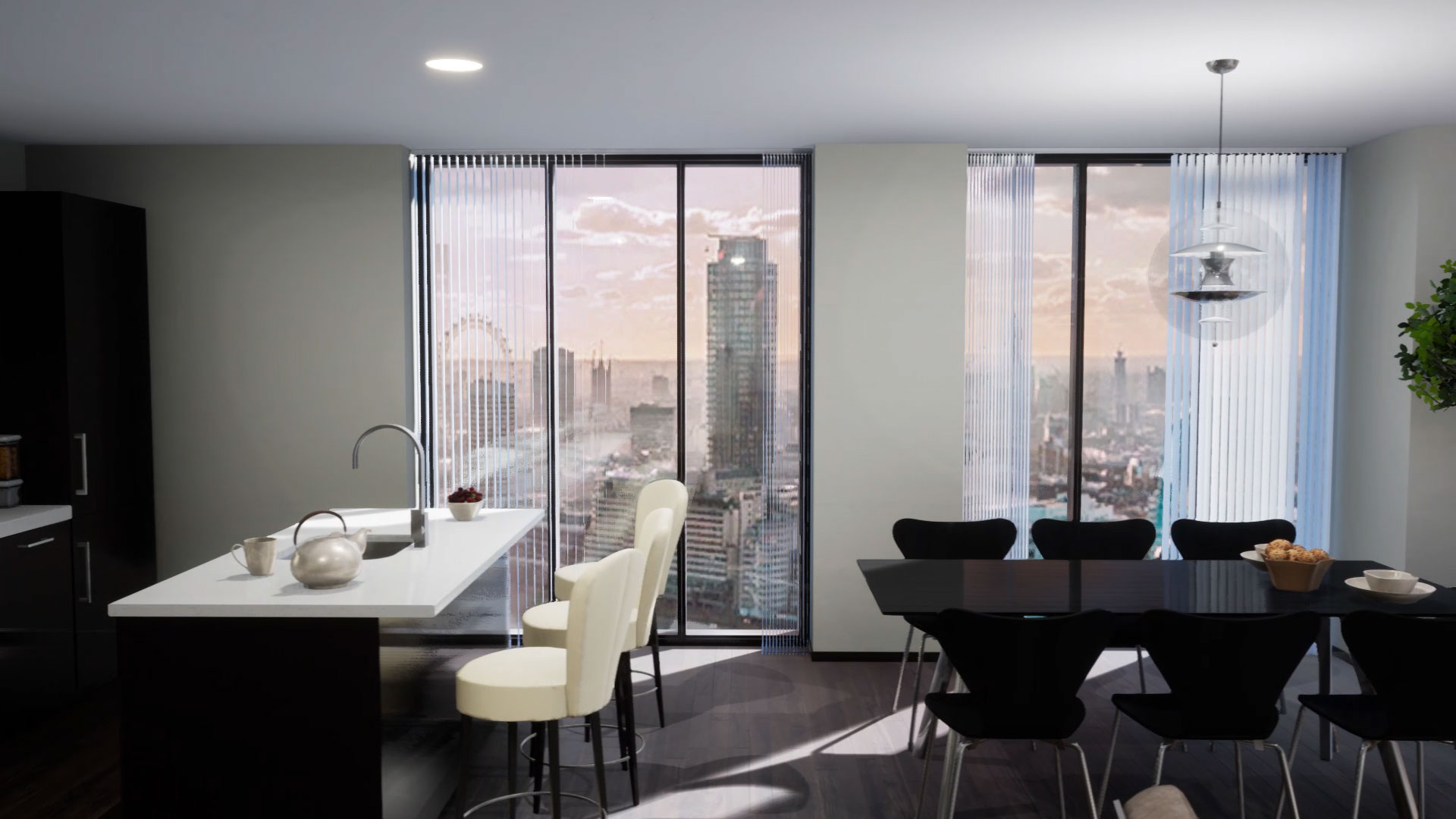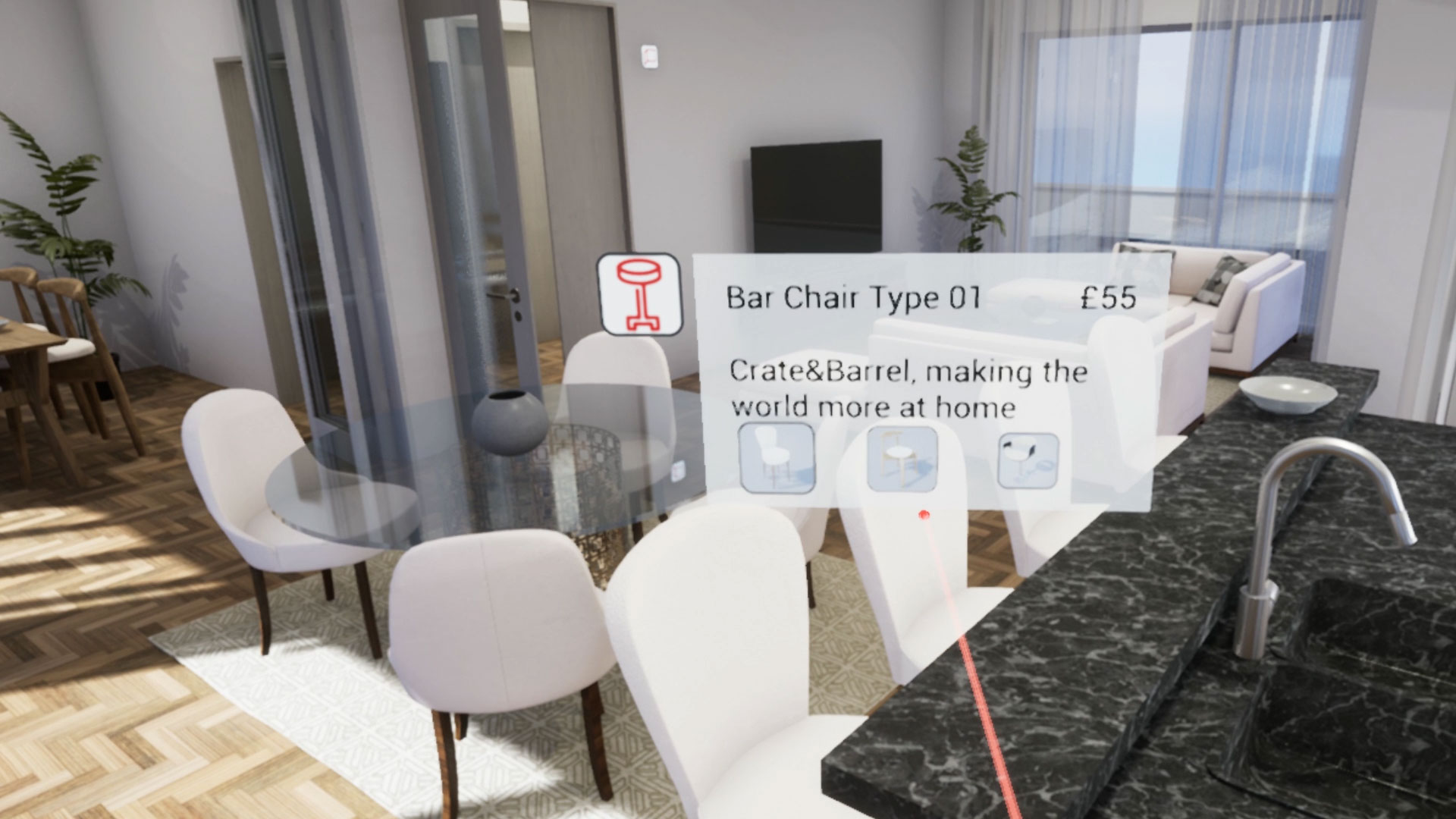3D Real-Time
Virtual Reality Tours
See how we develop premium, tailored VR experiences. Visualize and sell your spaces before being built
Why
Benefits of VR tours for your business.
VR is a sensorial experience, when done right, it completely makes the brain believe you're somewhere else. Assessing the scale, textures and relations in a space.
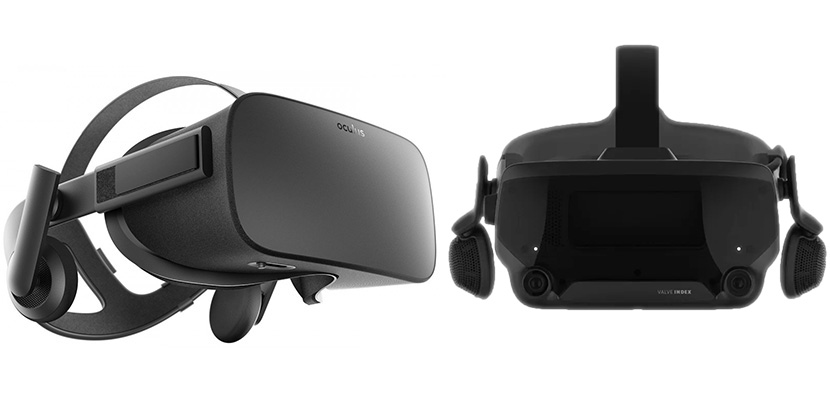
Immersive
Users genuinely feel like being in the VR space. Beyond a wow factor you get their full attention to what you're selling.
Cost Effective
VR is significantly cheaper than a showcase unit while being just as informative. You can also configure hundreds of finish variations.
Increased Sales Conversion
VR means you have nothing to hide. The user can look anywhere and fully appreciate the space. Earn the trust of your clients.
Portfolio
Check out a selection of our works. Videos translate only half of the experience, we strongly ecourage you to schedule a live test or experience VR at an arcade near you.
VR Features
We build custom apps to match your design intent and context. Here's a list of features we typically employ on our projects.
Real Time 3D
3D models, not photos, in real-time. Move through the VR space, look under the table and over the window. Experience true stereo depth.
Custom Interactions and UI
We are not just artists but coders too. We build our UX and interactions to match your story and audience. No templates. No limitations.
Analytics Integration
Do you plan to demo the VR experience to a large number of people. Or perhaps you want to test design scenarios. We can track anything in VR.
From CAD/BIM or from Plans
We are architects and 3D artists. We work from what you can offer, 2D plans or 3D models or just plain references.
Web, Mobile and/or PC VR
VR can be delivered to many platforms in various formats. Each has it's own advantages and limitations. We deploy to all of them.
Multi-user Setups
VR doesn't have to be an isolating experience. Sometimes it makes sense to have multiple users experience the same space together.
The Process
We understand architects as some of us actually are architects. Our process is iterative and staged and you get one iteration on each stage to ensure we match your design intent.
Virtual Reality is complicated to grasp at first sight in part because the hardware market is very diverse. Also, too many people writing about VR don't understand the technology and missuse related terms so VR ends up being used interchangeably in many contexts.
There are 4 main deliverables we work with which all fall to some extent within the VR ecosystm:
- PC VR
- The most immersive experience type availlable. Immersive means the user can explore everything in the most realistic way availlable and which allows for the maximum ammount of interactivity.
- Requires a connected PC to a VR headset such as an Oculus Rift, HTC Vive, Valve Index VR or similar.
- Deliverable is a Windows-only .exe file, locally stored on your machine.
- Recommended for on-location VR set-ups (non mobile) either in a showroom or at a conference booth, for high end residential units.
- Can be run in multi-user scenarios and can communicate with a database feeding real-time information if needed.
- Mobile VR
- Most recently this category has become split in two, lead by the Oculus Go headset and the Oculus Quest headset.
- Main advantage of mobile VR is that you get a similar experience with PC VR but with no cables or external PC required.
- The delverable is a .apk Android app which can be installed locally or via Oculus Store non-public channel. Doesn't require an internet connection.
- Oculus Go, GearVR or similar headsets can feature a point-and-click panorama tour, highly realistic but not very interactive.
- Oculus Quest is a mobile VR headset with motion tracking which supports interactive experiences such as PC VR can deliver but at a slightly lower level of realism.
- Recommended for when you cary the headset to the end users or when you want to target a larger number of users - the set-up and space requirements are minimal and you can purchase more headsets on a budget.
- WebVR
- These are web based 360 experiences similar to what facebook offers with 360 photos. Tours are point-and-click panoramas, where you look around either by draging the mouse on a desktop machine or by rotating your phone on mobile.
- Can be generated from either one of the above types of VR tours as an add-on.
- Recommended for when you plan to target a much larger audience. Works on all major browsers, doesn't require any downloads or special set-up. It is one of the least immersive experiences as it's experienced through a screen instead of a VR headset.
- 360 Videos
- These are cinematic Videos shot in 360 much like any other youtube/facebook/vimeo 360 video.
- Can be uploaded on any video streaming service, including facebook or stored locally on a mobile, desktop or VR headset.
- Can be ran either in a browser, a traditional video player or a mobile VR headset.
- In a mobil VR headset the immersion is similar to an Oculus Go app. Otherwise is slightly more immersive than a webVR app as it's animated.
- Recommended for the widest reach targets. More so than the webVR option, any platform supports 360 video playback.
- Can be generated from a PC VR tour as an additional marketing material for wider reach.
The more information we have about a project the easiest it is to quote it bot in time and cost estimates.
We know that's often hard as VR is a new technology for many of our clients. Fortunately we've worked on extremely varied set of projects and we have a strong intuition on what works for what kind of scenario. So if you're unsure about the project type we need to know the context.
- Who and where is the end user? Here are some options:
- Potential buyers, at home;
- Potential buyers, at a fair/conference/public event/similar;
- Potential buyers, at your showroom;
- Stakeholders, investors or decision makers, in a meeting.
- What timeline is available for development and deployment of the app?
- Architectural VR is highly dependent on the amount of content. You can have one apartment unit or a complex of vilas. It also depends on the quality target you want to achieve. Typical timelines start from two weeks onwards up to 1-2 months.
- What is the purpose, the end result you what to achieve? such as:
- Showcase a property for sale while it's under construction;
- Focus on presenting the exterior view of a property under construction - using drone shots assembled by us into 360 exterior views;
- Design review for an architectural project in development - exterior or interior;
- Illustrate design impact of a project for stakeholders private or public.
Knowing all of the above we can make an informed recommendation as to what would work best and also provide a fixed time and cost estimate for you.
Depending on project scope and target platform we require different assets. In principle, the more accurate references we get the faster and more accurate the 3D model will be produced.
In order of utility, the typical references we work with are:
- 3D BIM data - Revit or Archicad;
- 2D/3D CAD drawings of the architecture;
- Vector drawings of the architecture - PDF or similar;
- Raster drawings of the architecture - .jpg/.png or similar;
- Reference images, sizing descriptions, sketches of similar;
- For reconstructions, photos of the space along with anything of the above.
So we can work with pretty much anything. With VR, we typically remodel everything for optimization reasons. Even if you have a 3D model available, most of the times it was produces in a Solids/NURBS environment which is different from poligonal mesh environment which is the way everything is processed in a game engine.
We typically work closely with our clients for transparency reasons and to ensure their vision is aligned with what we produce.
One of the first steps we make is what we call a clay version of the space, stripped of all color, with just basic lighting, to make sure the 3D space is acurately translated in VR. This can also help set up subsequent aspects of a project such as determining key panorama points, camera paths and so on.
Depending on the time budget, the client will get a feedback loop on this stage or not. At this stage we can still make larger scale edits on the space, such as reconfigurations of furniture or rooms. Depending on the project scope, if the design isn't fixed, here is where we'd make structural adjustments to the space as well.
At this stage we add all the materials and lighting scenarios
Here is also where we would ask for feedback on the looks of the space to keep aligned with the design intent. Typically non essentaial, aesthetic changes are being made at this stage.
Depending on the resources of the client we'll can send either a fully functioning VR app for testing or 360 images or videos along with screenshots and/or renders.
Depending on the platform and project scope we'll propose one UX interaction or another.
With VR there is no strong industry standard, with some small exceptions. Fortunately we've worked on dozens of VR projects including outside the field of Architectural Visualization so we have an extensive experience of what works and what doesn't.
Here is another place where knowing the context matters. If you know you'll have a person guiding users through the experience gives you freedom to aproach more complex functionalities whereas a VR experience targeting unattended, potentially first time users, should be limited to very straight forward, simple and intuitive interactions.
Our Team
Your project will be handled exclusively in-house by a team that only does VR development. We're a mixed group, tackling all production aspects from 3D modeling to Code to UX/UI.

George Cretu

Alexandru Apostol

Florin Necula

Theodor Sechesan

Casandra Cretu

Robert Petria
Clients
A significant part of our work is either in early stages of development or white labeled and as such is not showcased on the website.
If you feel the kind of projects you're interested in are not well represented in our portfolio we encourage you to reach out for more details.
Bellow are some of the clients we had the opportunity to work with.













